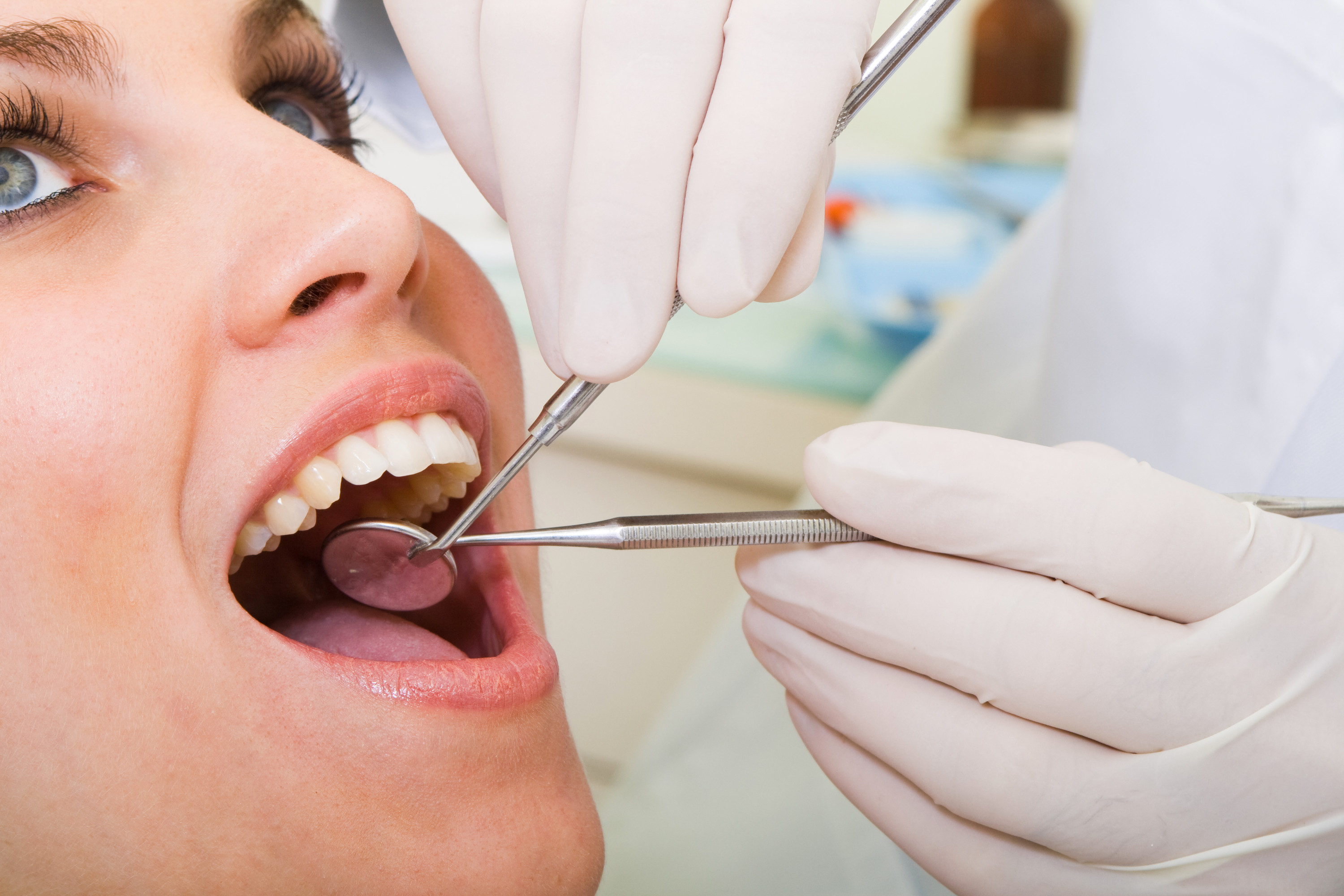When gingivitis is ignored and untreated, plaque and bacteria can penetrate under the gums causing periodontal disease. If left untreated, the inflammation or infection of the gums will advance to the structures that support the teeth. If we allow periodontitis or dental pyorrhoea to evolve, irreversible damage to the supporting tissues of the tooth will occur which could end with the loss of the tooth.
The good news is that by detecting the disease in time it is possible to stop the progression of periodontitis and improve it.
When it comes to slowing down the progression of the periodontal disease, dental curettage is recommended in order to remove supra and subgingival tartar and create the necessary conditions for their cure.
What does gum disease treatment consist of?
Scaling and root planing is a treatment that is done for patients with periodontitis to remove plaque or scale below the gum line.
It is not just a routine dental cleaning which consists of basically removing plaque from the tooth surface, it’s much more than that.
It improves the healing of the surfaces of the roots of the teeth with the help of dental tools called scalers to then remove, plan and rid them of impurities.
If the periodontal pockets are deep and there is a lot of accumulated tartar in the roots of the teeth, gum disease treatment will be divided into quadrants. In those cases, it is usually performed on one quadrant per session and under local anesthesia.
By dividing the mouth into quadrants , the sessions are shorter and less uncomfortable for the patient than when working on the entire mouth in a single session.
Benefits of gum disease treatment
- Bone loss and the possible consequences of periodontal disease are stopped.
- It is a simple and well-accepted treatment for the patient.
- The results are noticeable from the first session.
- The purpose of root scraping and planing is to heal, clean and restore health to the gums, removing all supra and subgingival tartar, i.e. above and below the gum line.

